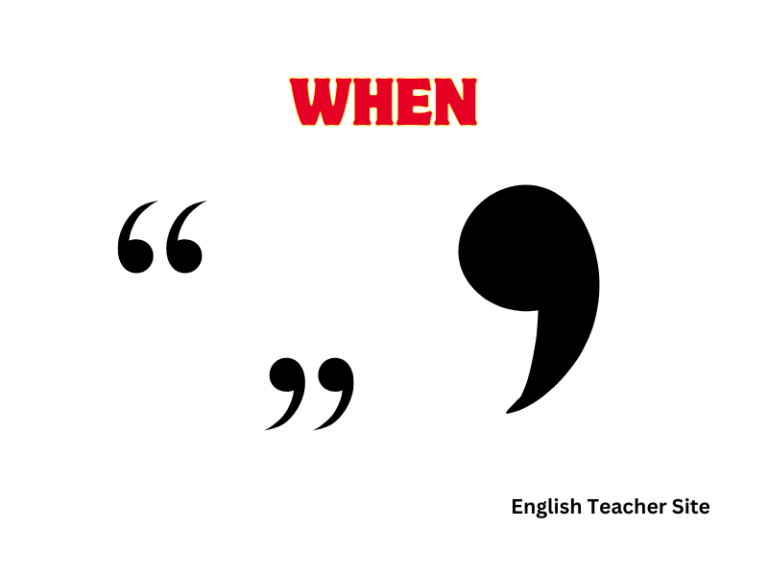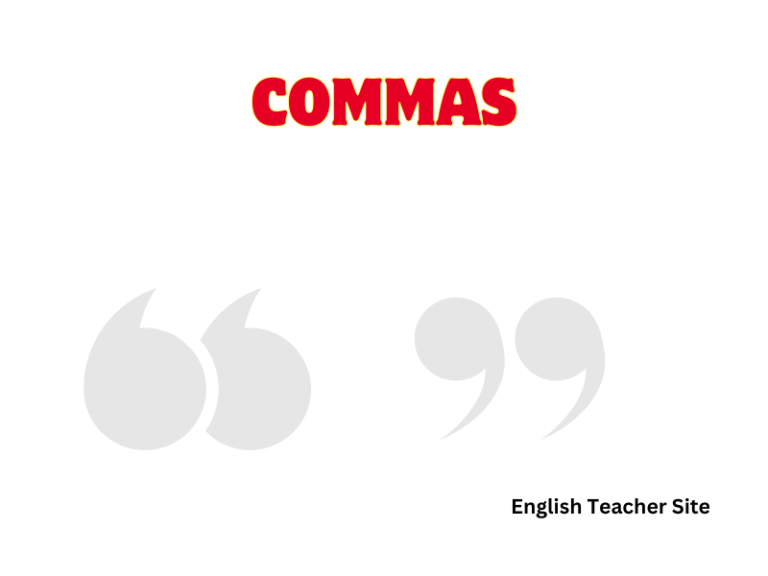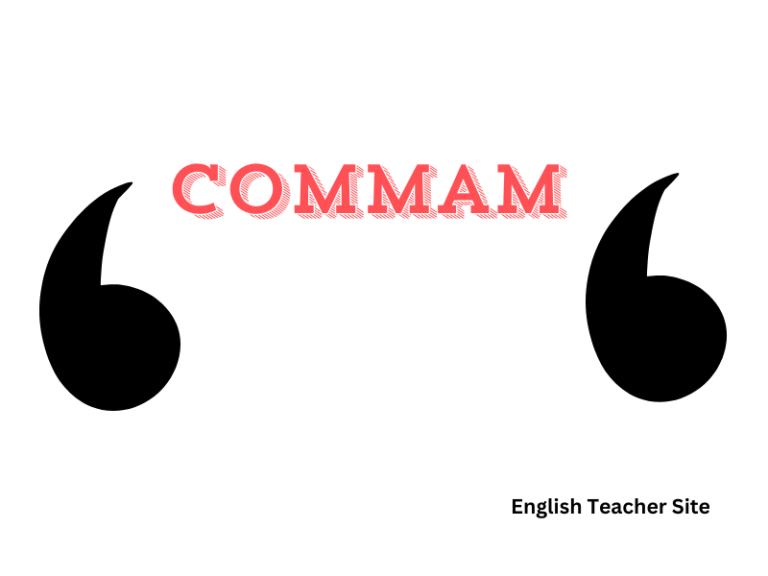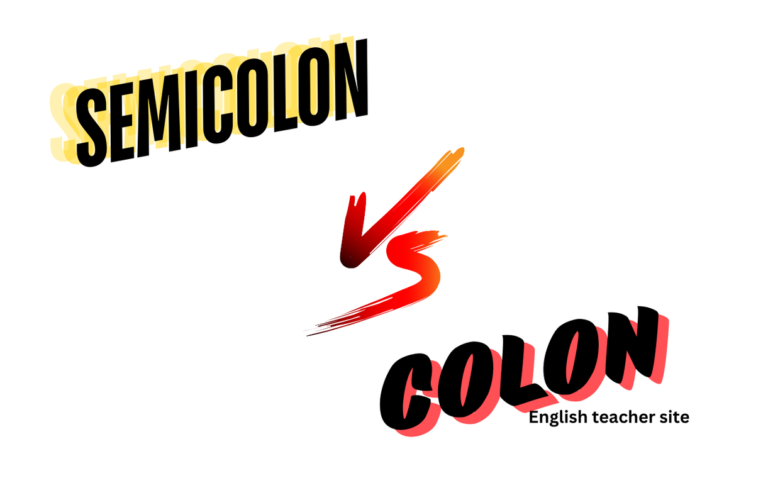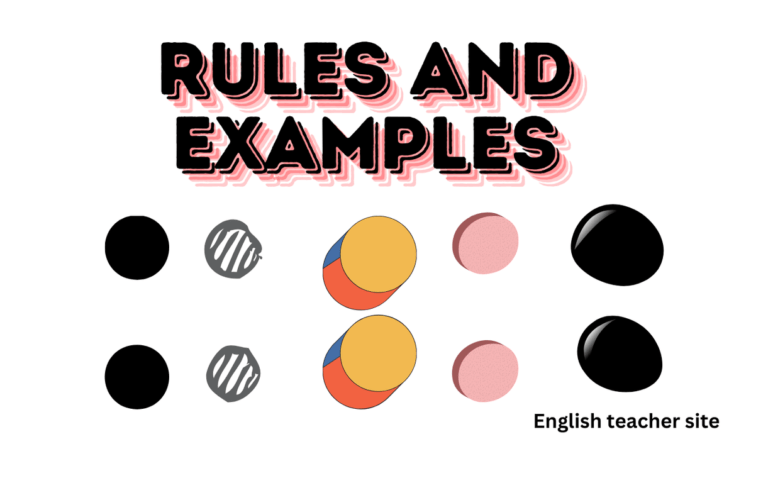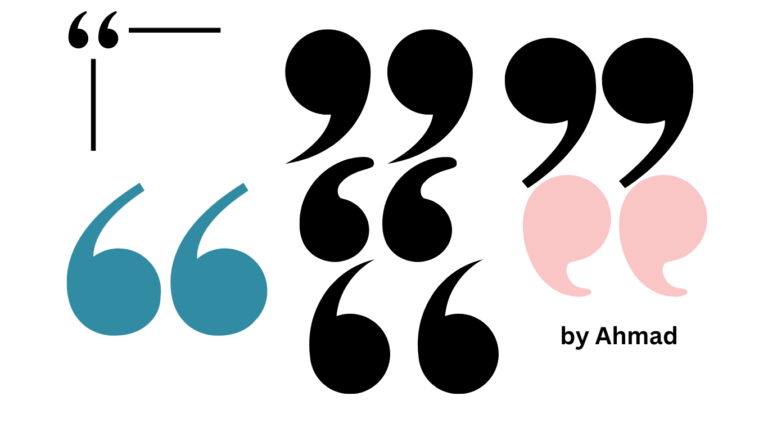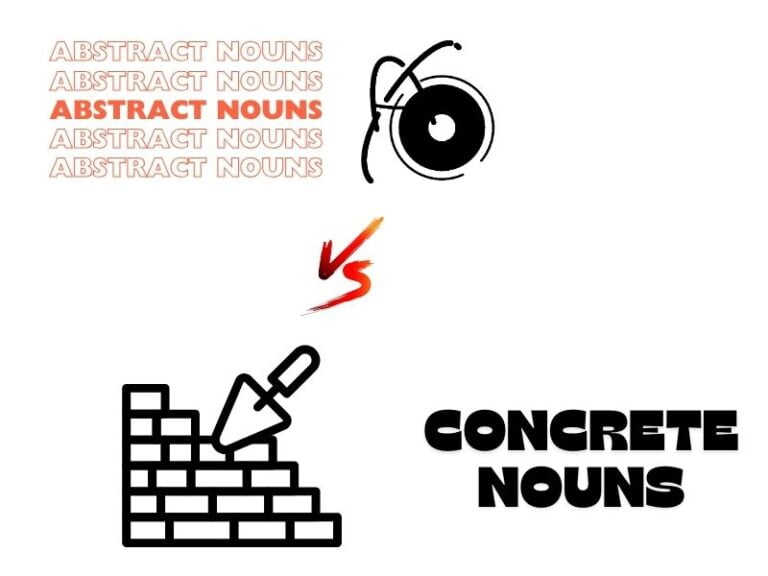When to Use a Comma Before or After ‘But’: Rules for Punctuation Precision
In considering whether to place a comma after “but,” it is much less frequent and usually only occurs when “but” is followed by an interrupter or a parenthetical element which adds emphasis or commentary within the sentence. As a rule of thumb, if the phrase following “but” does not form a complete sentence, and there’s…

